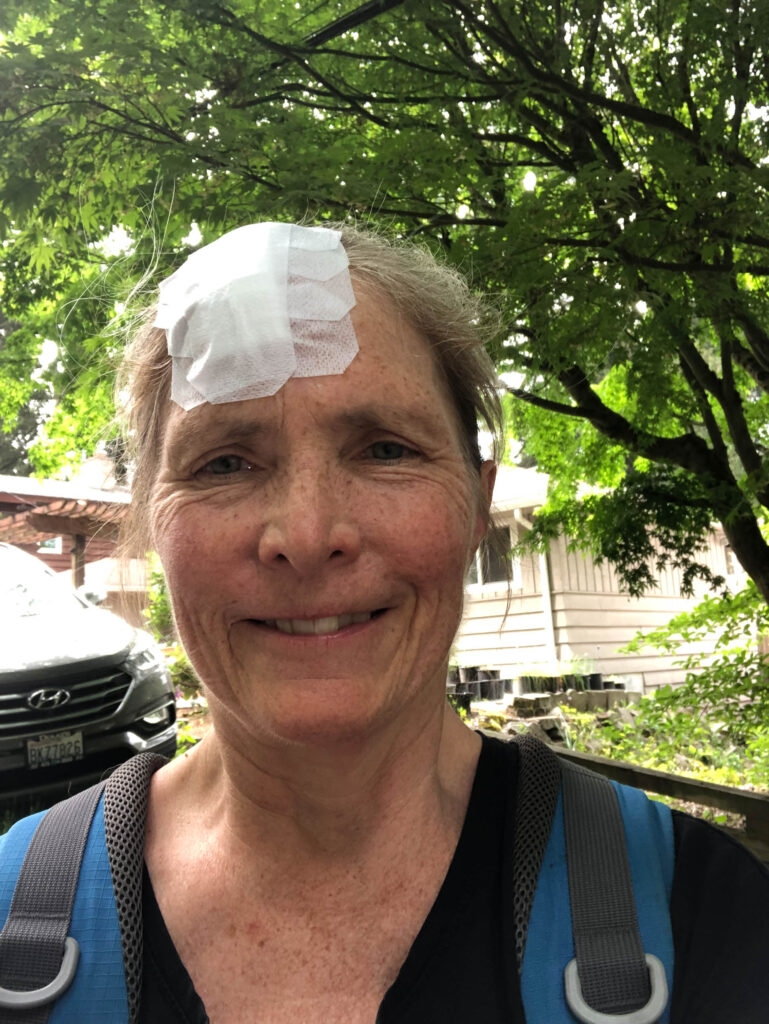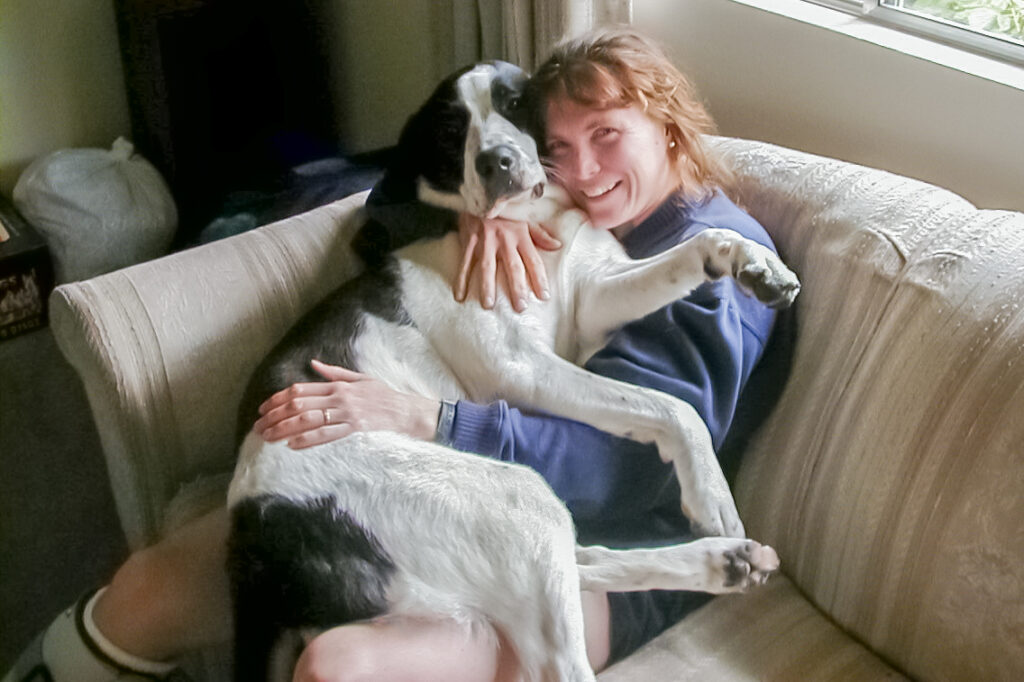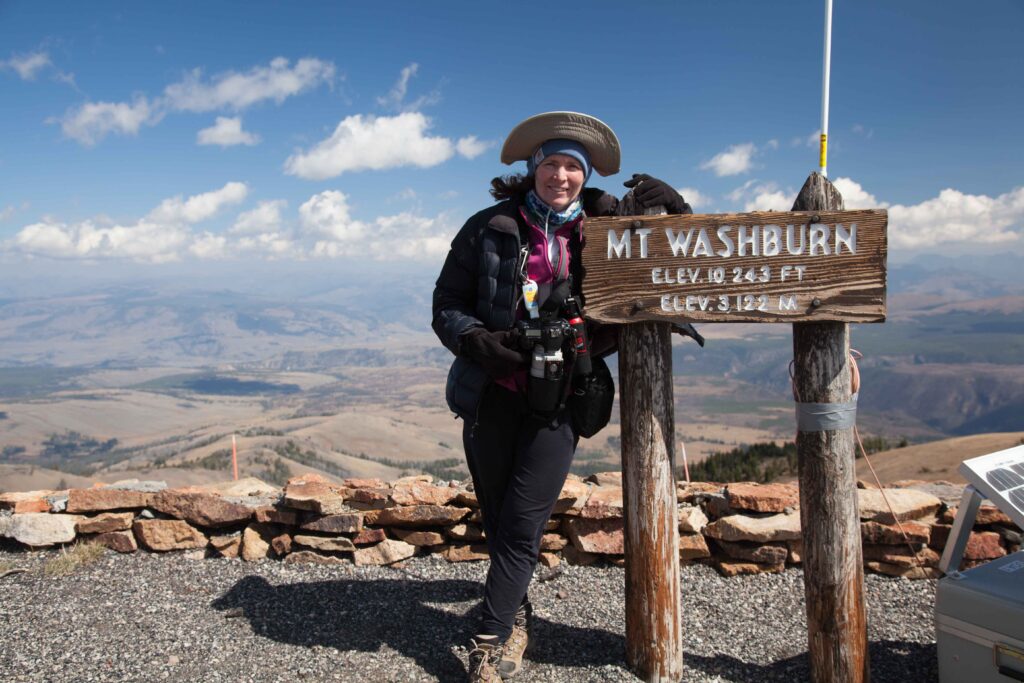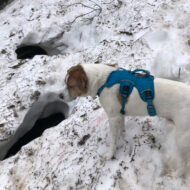A question Body Results clients frequently ask is, “What should I eat?” followed closely by “How much?” Just as no two people have matching fingerprints, our dietary preferences, carbohydrate, fat, and protein needs, and programs differ as well. This week we look at how to assess your unique protein needs with helpful input from my nutrition certifying organization, Precision Nutrition.

Protein’s Bad Rap
Twenty-five years ago, there was plenty of skepticism about protein. After all, bodybuilders ate lots of it—but they also experimented with all kinds of “questionable” things.
In the late 1990s low-fat diets took center stage (we all know how disastrous that was) and high-protein diets grew in popularity for weight loss—an approach health experts labeled as “unsafe” back then.
Over the years, the hand-wringing about protein has faded. Some of those same experts now advise people to “eat more protein.”
But one claim just won’t die: “Protein is bad for your kidneys.”

Spoiler: It’s a Myth
The concern about high protein and kidney problems began because doctors tell people with poorly functioning kidneys—usually from pre-existing kidney disease—to eat a low-protein diet.
There’s a big difference between avoiding protein because your kidneys are already damaged versus protein actively damaging healthy kidneys.
It’s the difference between jogging with a broken leg and jogging with a perfectly healthy leg.

Jogging with a Broken Leg is a Bad Idea
Doctors would probably tell you not to do that. But nobody would ever argue that jogging causes legs to break. Same with protein and kidneys.
Eating more protein does increase how much your kidneys have to work, just like jogging increases how much your legs have to work.
But protein hasn’t been shown to cause kidney damage—again, just like jogging isn’t going to suddenly snap your leg like a breadstick.
In fact, clinical studies show people can eat up to 4.4 g of protein per kg body weight (or 2 g per pound) without any short-term health problems. But very few people would ever voluntarily eat that much.

So How Do I Determine My Protein Needs?
For the average person eating a standard diet, protein deficiency isn’t a concern. However, “not deficient” does not mean optimal. It just means getting enough to maintain function and prevent malnutrition.
For sedentary, generally healthy adults, 0.4 g per pound of body weight should cover basic daily requirements. (A little math here: 40 grams for a 100-pound person, 60 grams for a 150-pound person, and 80 grams for a 200-pound person.)

Our bodies need protein for so many essential processes that your protein needs increase if you are:
- Training hard frequently or doing a lot of physical labor (think backpacking, trekking, or climbing)
- Trying to maintain or increase lean muscle mass while decreasing body fat
- Older (protein digestion reduces with age, so you need more to meet daily requirements)
- Injured, sick, or recovering from surgery
For people in one or more of these groups, research suggests aiming for 0.7-1.0 g per pound of body weight (or about 105-150 g for a 150-pound person.)

Don’t Agonize Over the Numbers
Many people avoid calorie counting, tracking intake, and measuring food. If the thought of tracking intake makes you cringe, you might love learning about an easier way.
Click here for a helpful Precision Nutrition infographic on what a “serving” looks like using your own hand. Shoot for having 1-2 palm-sized portions of protein at each meal.
Also, please remember that you won’t reach your protein needs goal overnight. Start by nudging the notch one step better. If you currently only get one palm-sized position of protein a day, try increasing that to two. Once you can do that consistently, build to three.

This might be as simple as increasing your breakfast egg scramble from two to three, adding a scoop of collagen to a protein shake or post-workout smoothie, or adding a wing or two to the chicken thigh you routinely eat at lunch. If you get most of your protein at dinner, try adding a palm-sized serving to breakfast or lunch.
Try it out for a few weeks. If you enjoy it, you feel it’s helping you approach your goals, and you’re seeing improved performance, then keep building on your success. And if you need help planning your way forward, contact me. I’m always happy to collaborate!


Thanks, Court.
I enjoyed your pics & info.
re: protein needs. My goal this winter is to consume more protein & reduce carbs (love bread). Increase lean muscle mass & decrease body fat. 🍁🍁🎃🎃🐦⬛🐦⬛
Great goals! Write ’em down and find an accountability partner (happy to be that for you if you like!) You got this! Thanks or your comment.